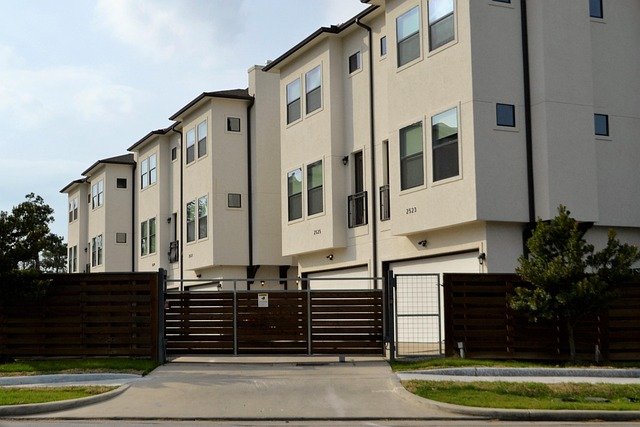Title: Micro-Apartments: The Next Big Thing in Urban Real Estate
The urban housing landscape is undergoing a significant transformation, with micro-apartments emerging as a compelling solution to the challenges of city living. These compact living spaces, typically ranging from 200 to 400 square feet, are reshaping the way we think about urban dwellings. As cities grapple with population growth and housing shortages, micro-apartments offer a unique blend of affordability, sustainability, and innovative design. This trend is not just a passing fad but a reflection of changing lifestyles and economic realities in our bustling metropolises.

The origins of this trend can be traced back to the early 2000s when cities like New York and San Francisco began experimenting with smaller living spaces to address housing shortages. Since then, micro-apartments have spread to other urban centers, each adapting the concept to local needs and regulations.
Economic Drivers Behind the Trend
The surge in micro-apartment popularity is closely tied to economic factors. In many major cities, traditional housing has become increasingly unaffordable, especially for young professionals and students. Micro-apartments offer a more accessible entry point into desirable neighborhoods, allowing residents to live in areas they might otherwise be priced out of.
Recent data shows that in cities like New York and London, micro-apartments can be 20-30% cheaper than conventional studios in the same area. This affordability factor is crucial in markets where housing costs consume a significant portion of income. Moreover, the reduced utility costs associated with smaller spaces contribute to the overall economic appeal of micro-living.
Design Innovations in Small Spaces
The success of micro-apartments hinges on clever design. Architects and interior designers are pushing the boundaries of spatial efficiency, creating multifunctional spaces that maximize every square inch. Features like murphy beds, fold-down tables, and built-in storage solutions are standard in these compact homes.
Some cutting-edge designs incorporate movable walls and modular furniture systems, allowing residents to reconfigure their space throughout the day. These innovations not only make micro-living possible but also introduce a new aesthetic that celebrates minimalism and functionality.
Target Demographics and Lifestyle Shifts
Micro-apartments primarily appeal to millennials and Gen Z professionals who prioritize location over space. These demographics often value experiences over possessions and are willing to trade square footage for proximity to work, entertainment, and cultural amenities.
Additionally, the rise of remote work has influenced the micro-apartment market. While these units may seem counterintuitive for those working from home, many developers are incorporating shared workspaces and amenities into their buildings, creating a balance between private and communal areas.
Impact on Urban Planning and Development
The proliferation of micro-apartments is reshaping urban landscapes and development strategies. City planners are reassessing zoning laws and building codes to accommodate these smaller units, recognizing their potential to increase housing density without drastically altering neighborhood character.
Some cities have launched pilot programs to test the viability of micro-apartments. For instance, Seattle’s micro-housing initiative has led to the construction of thousands of units, providing valuable data on their impact on urban living and community dynamics.
Challenges and Criticisms
Despite their growing popularity, micro-apartments face criticism and challenges. Concerns about livability, potential for overcrowding, and long-term effects on mental health have been raised. Critics argue that these units may exacerbate inequality by normalizing substandard living conditions.
There are also regulatory hurdles. Many cities have minimum size requirements for residential units, which can impede micro-apartment development. Balancing safety standards with the need for affordable housing remains an ongoing challenge for policymakers and developers alike.
The Future of Micro-Apartments
As urban populations continue to grow and housing affordability remains a pressing issue, micro-apartments are likely to play an increasingly significant role in the real estate market. The concept is evolving, with some developers exploring co-living models that blend private micro-units with extensive shared spaces.
Technological advancements, such as smart home systems and space-saving appliances, are expected to further enhance the micro-living experience. Additionally, as sustainability becomes a greater priority, the reduced environmental footprint of micro-apartments may become an even more attractive feature.
Conclusion
Micro-apartments represent a bold reimagining of urban living, offering a solution to the complex challenges of housing affordability and urban density. While not without controversy, these compact living spaces are carving out a significant niche in the real estate market. As cities continue to evolve, micro-apartments may well transition from an alternative housing option to a mainstream choice for urban dwellers. The success of this trend will ultimately depend on thoughtful design, regulatory support, and a shift in perceptions about what constitutes a home in the modern city.





